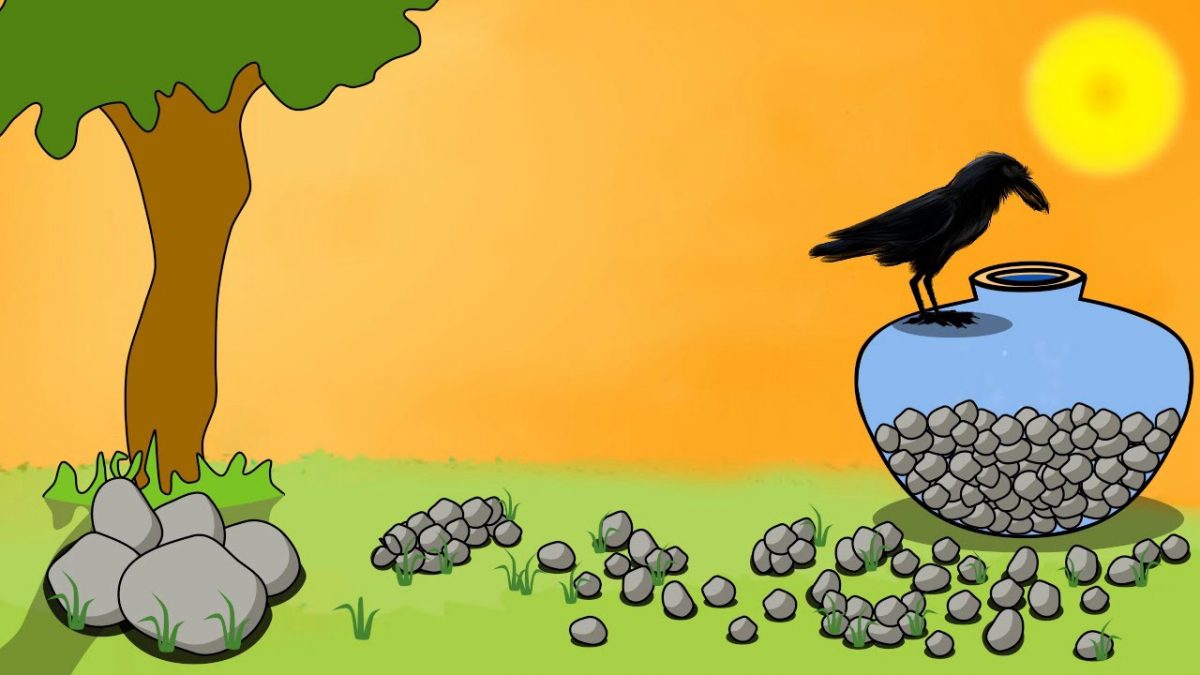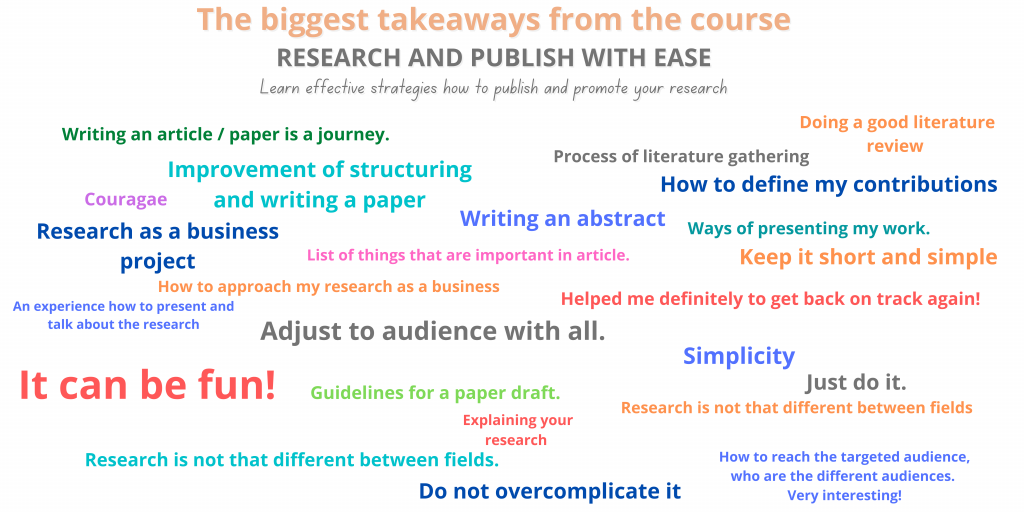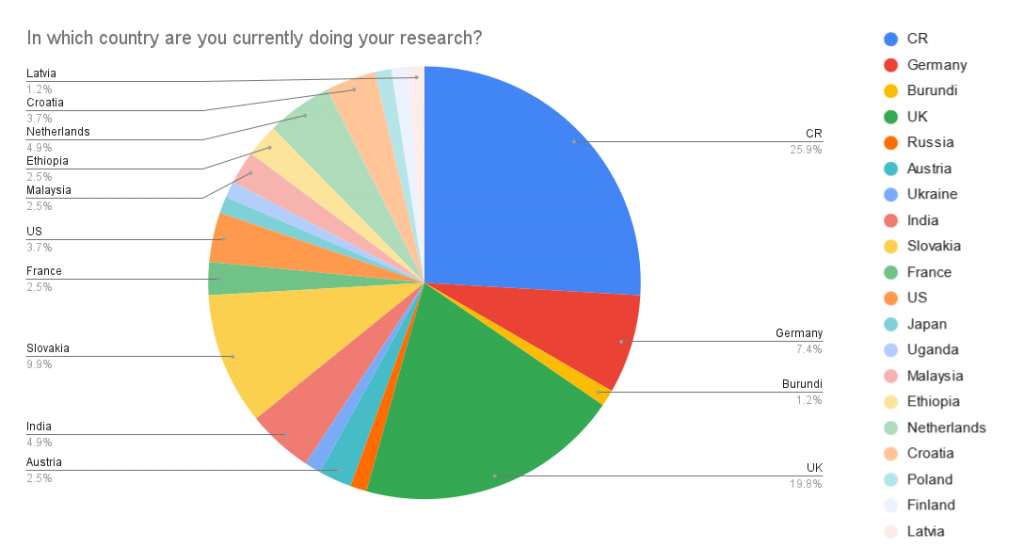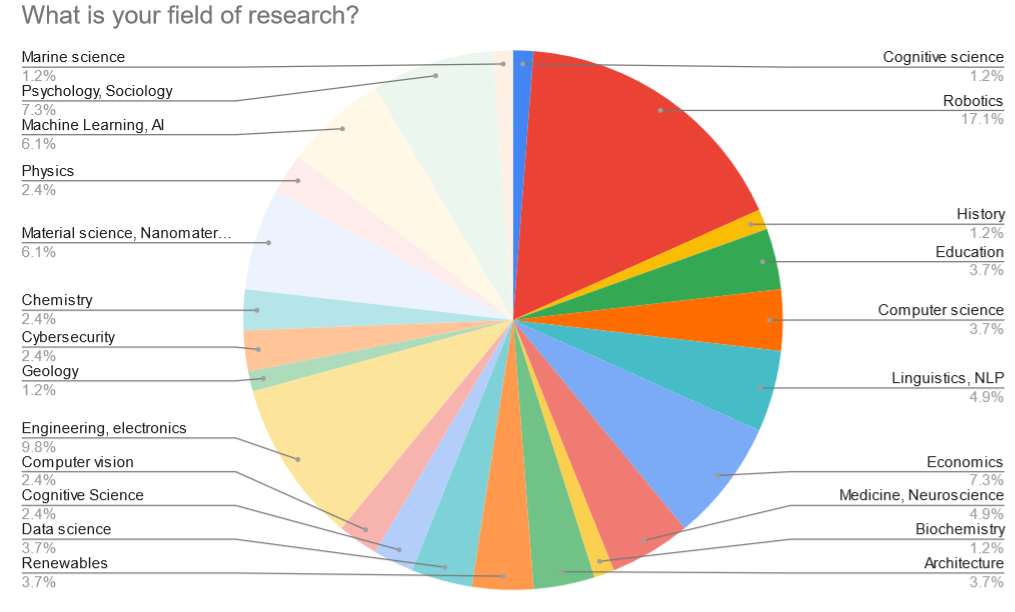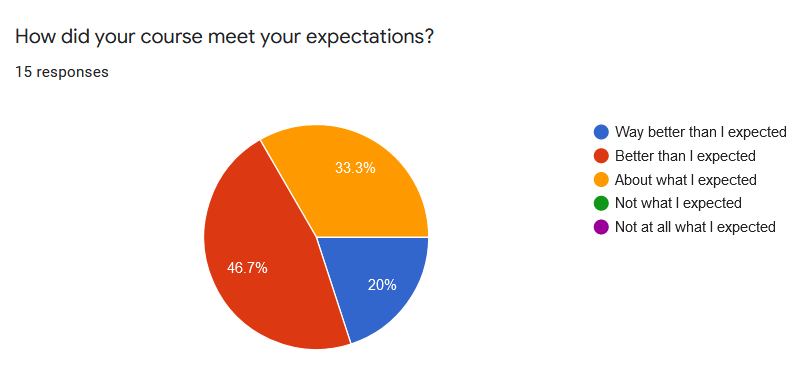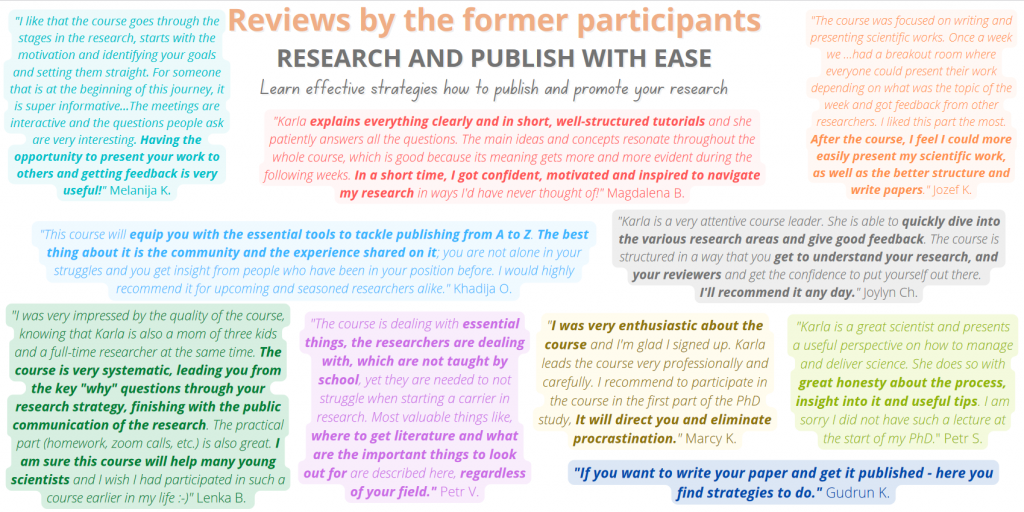Last month I listened to Hillary Clinton talking about resilience. That gave me the chance to think about how I find resilience important in research and in life in general (doing research with three kids just requires resilience by default :)). And why I also like to build resilience in my kids.
I think that you really have to be resilient if you want to succeed in research. There will always be challenges that you have to face. There will be experiments that go wrong, rejected papers, or someone publishing your ideas before you. You never know what will be the world in next week, next month, next year. To manage this world, you have to believe in yourself and your abilities, know what is your goal, learn how to ask for help, and find always new directions for research.
So what the resilience actually is? Resilience refers to one’s ability to survive and flourish despite the risk, to adjust and adapt to changes as they occur, and to recover from misfortunes. As such, it covers various personal features such as self-belief (confidence in your own abilities), optimism (the belief that you will experience good outcomes in your life), purposeful direction (to which extent you have clear goals), adaptability (how much you are willing to adapt your behavior/approach in response to changing circumstances), ingenuity (how much you perceive that you are capable of finding solutions to problems), challenge orientation (how much you enjoy experiences that challenge you), emotion regulation (ability to remain calm in stressful situations), or support seeking (how much you are willing to ask for help and support in difficult situations).
Here are 10 tips from me on how you can support resilience during your research career:
- 🎯 Be organized. It might sound simple, but I have a feeling this is where success really starts. At least for me. And after seeing many many students, also for many others. Having always a list of tasks you want to work on, have your results and data saved and reusable, and have noted down your ideas. This all gives you a lot of self-confidence and calmness. Someone asks you to remake experiments or recompute something? You know you can do it. Does a new task come in? You don’t lose track of other tasks. You know what you can afford to postpone, what you have to prioritize. Find your way to keep track of your life. I like to use Trello, a paper list of the current tasks, and a paper notebook to make notes from meetings or note down my ideas.
- 🎯 Finish your tasks. Do you also like the feeling that comes after you managed to submit a paper before the deadline, defend successfully your project, or after you finished slides for the lecture before the lecture itself? I enjoy it a lot. It boosts my confidence in stars. There is nothing better to build your resilience than the feeling that you can manage your work and tasks. Managing tasks does not mean being perfect. You have to learn what is “good enough”. Try your best to make it as good as possible, but don’t give up and finalize it.
- 🎯 Find easy wins. To get the feeling that you can succeed, it really helps to find places, where it is easy for you to win. Start with a local conference, with workshops on good conferences, or join the team (not being the first author) that submits a paper to a great journal/conference to learn what is the required quality of the paper and what their work looks like.
- 🎯 Challenge yourself. Don’t be satisfied with the easy wins. Small successes will encourage you and are really important, but try always to reach for something better. Who said you cannot publish in Nature? Maybe not yet, but you can aim for it. Always find a bit better journal in your field than last time, try to reach out to the great researchers in the field and start collaborating with them, or try to ask companies for collaboration. Maybe some will not answer, maybe you get rejected, maybe you are not ready yet. But maybe they will answer and give you a chance.
- 🎯 Try again and again. Knowing “what is good enough” is something you have to learn by trial and error. You have to try to submit your papers to several journals and conferences to find out what is good enough for the given journal. To know what is already worth to be published. Proficiency comes from practice. Writing is just another skill that you have to learn. Trying, again and again, will help you to build resilience. You will improve your communication skills, you will learn what people around want and how you can help them.
- 🎯 Be prepared. I find out, that it really helps my confidence when I am well prepared. If I am preparing for teaching, presenting my work at a conference, talking to potential collaborating companies, or even to students. Preparing yourself, trying your presentation in advance, studying the materials, and trying to ask yourself the questions they might ask. All that helps me to get confidence and avoid a lot of stress from unexpected questions.
- 🎯 Learn to work smart and hard. I really like to use my energy and power efficiently (see the crow on the front image). With three kids, it is almost a necessity. You have to learn how to read your papers on playgrounds, how to make meetings while the small baby is sleeping on your lap, and how to work at night. Kids also teach you, that you don’t have infinite time for your tasks, so you have to accept imperfections. Don’t be lazy, work as much as you can, but also learn how to recharge your energy, how to relax, and how to reuse what you already have. For me, it really works a lot to be well slept and have enough sports activity to deal with stressful situations and negative feedback. Not that it would be easy, but it is easier.
- 🎯 Rejection is just feedback. I think that this cannot be repeated enough times. Reviewers are (most of the time) not bad guys. They try their best to give you valuable feedback. If they rejected your paper, it might mean that you didn’t present well your contributions, that your work is not ready yet, or maybe you didn’t well compare it to other works in the field. Take it, try to learn from it, evaluate what is valuable in the feedback, improve your work and submit it as soon as you can again.
- 🎯 Give yourself deadlines. There is a sad story about one grant proposal, that I work on already for almost two years. The problem is, that that type of grant can be submitted anytime. It has high potential, and the topic is interesting. We submitted several proposals in between and some were already successful. But this one has no deadline and is still on the table. It is really hard for me to work without deadlines. Maybe you have it as well. The problem is, that when you have undone things, it feels very similar to the unsuccessful ones. If anyhow possible, find grants, conferences, or journals with deadlines. If there are no deadlines, try to set your own deadlines. Maybe give yourself some presents, if you make it to the deadline :).
- 🎯 Seek support. One of the biggest problems I see with my students is that they don’t ask questions. They don’t want to show me the undone work. But when being in trouble, help is the most valuable. Also by explaining your problem to someone else, you will get way more clarity about the problem. Ask Google and if you don’t get your answer, seek help so that you are not wasting unnecessary time.
Have fun with your research!
If you would like to receive my occasional newsletter with tips for researchers and my insights about the research (1-2x/month), sign up for the newsletter here: Sign up for the Researcher’s log newsletter.
Otherwise, you might follow me on LinkedIn: Follow me on LinkedIn
If you are interested in the next run of the course “Research and publish with ease” (Here is a post about the first run), or you know anyone who might benefit from it, you can sign up for the waiting list here: Sign up for the waiting list.

